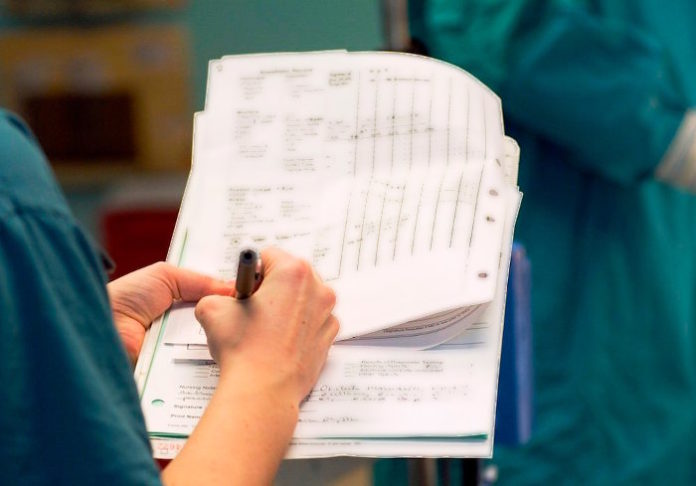Updated clinical practice guidelines on diagnosing and managing coccidioidomycosis—also known as San Joaquin Valley fever—emphasize the need for labs to take preventive measures against accidental exposures, as these mishaps make Coccidioides “the major cause of clinical laboratory-acquired fungal infections.”
To reduce the risk of exposure and infection, the panel, convened by the Infectious Diseases Society of America (IDSA), recommends the following:
- Primary prevention. Do not open any culture of an unknown mold outside a biological safety cabinet appropriate for containing spore-forming fungi.
- Risk assessment. Understand that there is a risk continuum, with Coccidioides cultures that have incubated for more than 7 to 10 days presenting the highest risk.
- Post-exposure actions. If exposure occurs, immediately evacuate all personnel from the lab and notify the appropriate personnel beginning with the laboratory’s designated biosafety officer.
Close the doors to the laboratory, turn off any fans, and set the exposed room at negative pressure with respect to adjacent rooms or corridors, if possible. This includes shutting down the entire air system if it results in positive pressure with respect to common hallways or other laboratory areas, and closing any open windows, while taping any windows or doors with air leaks.
Any exposure that occurred from a spill or breakage, including any glass, can be covered with towels and flooded with the laboratory’s approved sporicidal detergent. Wait 1 to 2 hours before beginning the cleanup.
All surfaces in the room and the outside of objects that are needed for continued use should be thoroughly cleaned with the sporicidal detergent: bleach at a 1:10 dilution of the undiluted commercial product in water, or hydrogen peroxide (6% or more).
Major exposures may require full decontamination of the sealed lab with paraformaldehyde or hydrogen peroxide fumes.
The guideline also recommends that all exposed staff members should have baseline sera obtained and stored for eventual testing for coccidioidal antibody, with currently available commercial coccidioidal skin tests applied. In addition, the document recommends prophylaxis with a therapeutic dose of either itraconazole or fluconazole for non-pregnant individuals. The authors suggest that exposed individuals be followed for at least 6 weeks, and possibly several months after. If they receive prophylaxis and develop a cough or fever, they should inform their clinician of their exposure so it will be considered in the differential diagnosis.
Aside from its laboratory exposure guidance, IDSA wrote the document with primary care providers (PCPs) in mind. PCPs, the authors suggest, might be unaware of how common the infection is in certain parts of the U.S., and thereby miss cases.
The new guidelines also provide recommendations for managing valley fever in pregnant women and those with immunocompromising conditions such as HIV/AIDS and solid organ transplants. It also makes recommendations regarding cardiothoracic surgical and neurosurgical approaches for complications from the disease.
The panel notes that:
- Some patients with early disease may require a fungal culture given the length of time it takes for serologic evidence to develop. Patients who are severely ill may require sputum or bronchoscopic specimen cultures to obtain a rapid diagnosis.
- The diagnosis of disseminated coccidioidomycosis should usually rely on the histopathologic identification in an extra pulmonary lesion or the fungal isolation from the lesion.
- Laboratory studies such as erythrocyte sedimentation rate may be used to monitor improvement during treatment, while the complement-fixing or quantitative IDCF antibody concentrations should be monitored for declines.
Source: AACC



















































